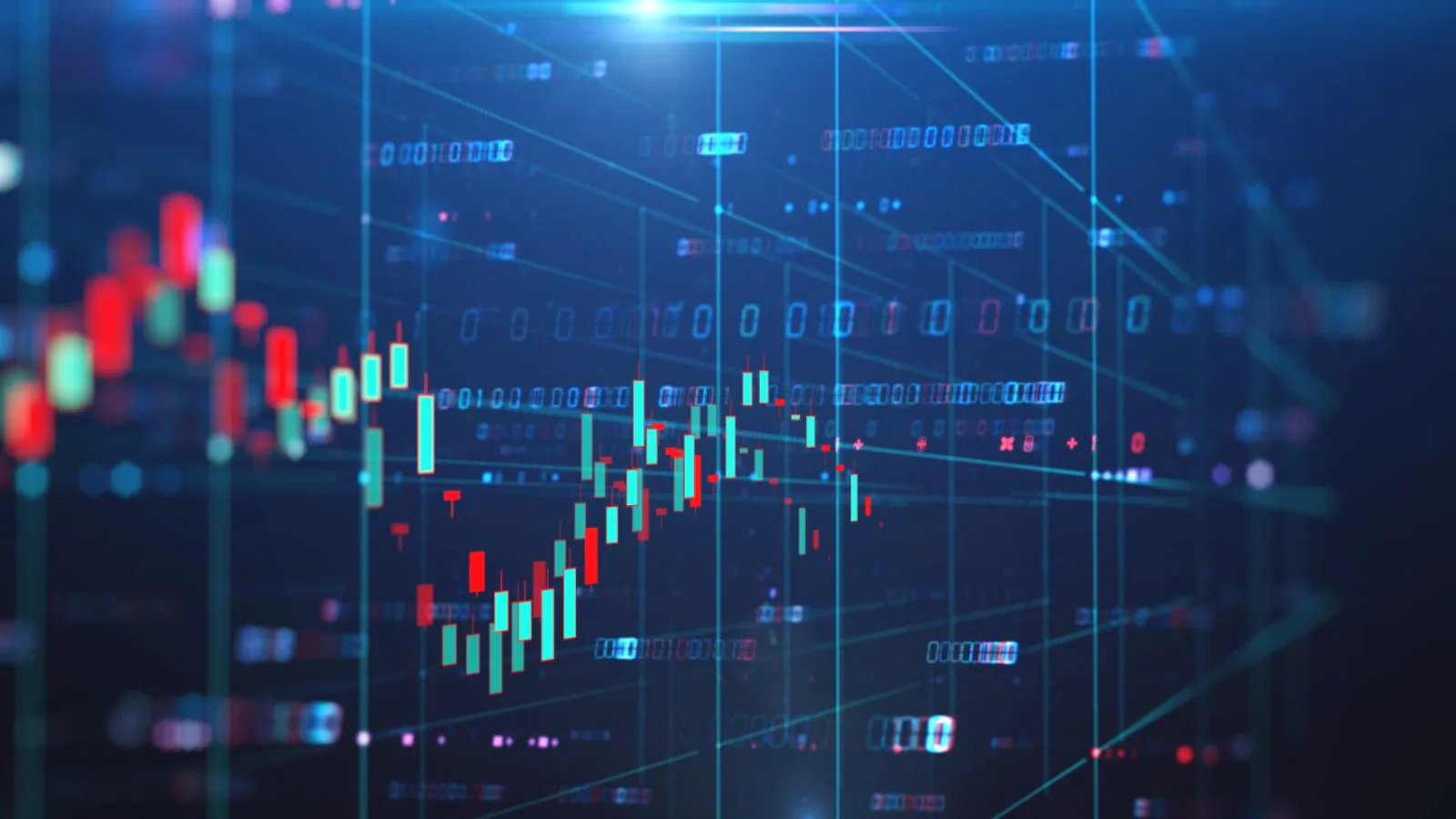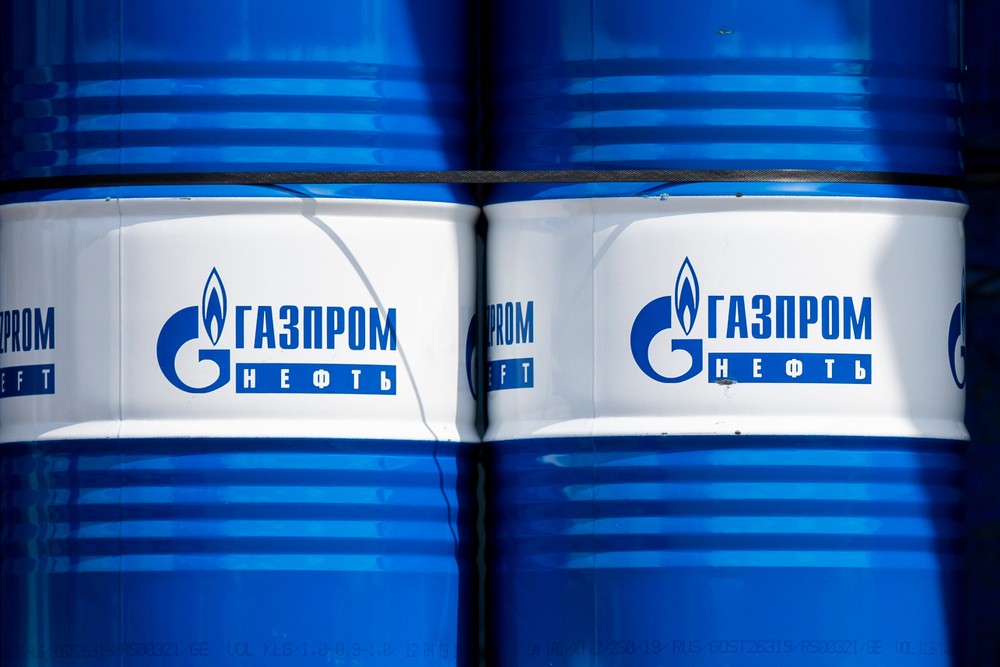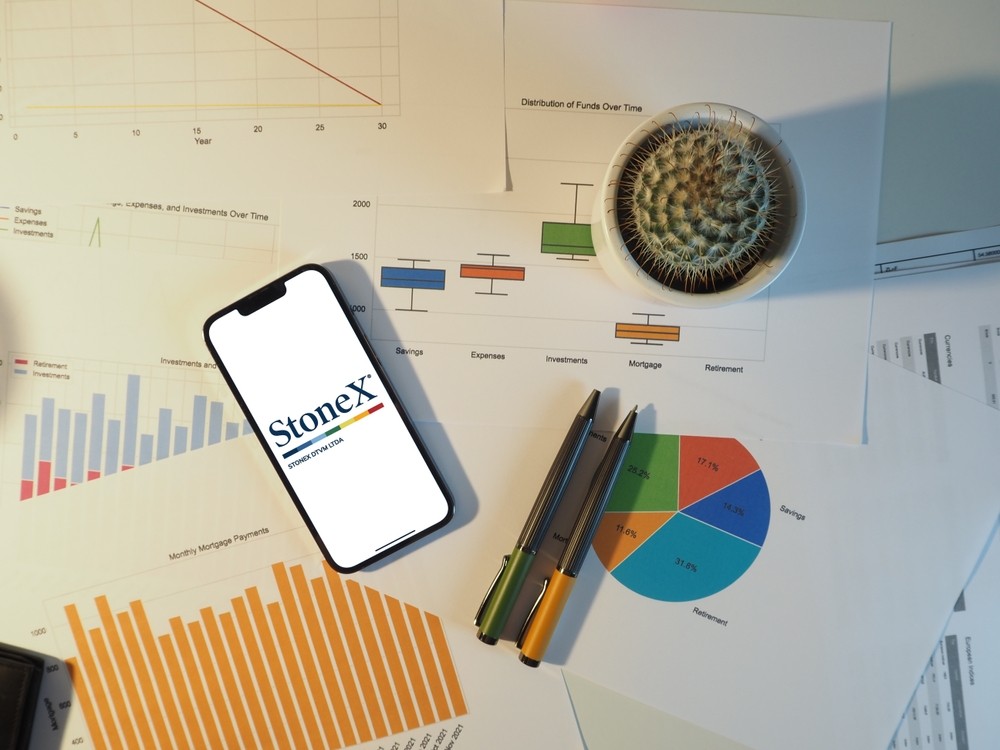Oil trading has been making headlines lately as prices continue to surge, reaching a new 10-month high. In this dynamic market, a delicate balance between supply and demand and geopolitical tensions shapes the trajectory of oil prices. This article delves into the recent developments in oil trading, highlighting key factors influencing oil per litre and the strategies traders employ.
Supply and Demand Dynamics
Oil prices have recently increased, driven by a complex interplay of factors. The international benchmark, Brent futures, experienced a gain to $92.14 a barrel, while U.S. West Texas Intermediate (WTI) crude reached $88.98. One major factor contributing to this surge is the expectation of tighter global supply. OPEC and OPEC+ member countries, including Saudi Arabia and Russia, have extended voluntary supply cuts, reducing the global oil supply by 1.3 million barrels daily. This commitment to managing production levels reflects their determination to keep supplies tight and prices elevated.
The U.S. Energy Information Administration (EIA) has also predicted a decline in global oil inventories, further reinforcing the bullish outlook for oil prices. As a result, traders on various oil trading platforms closely monitor these developments and adjust their strategies accordingly. These supply-side measures largely influence the market’s sentiment, underscoring the importance of staying informed about global oil production.
Oil Trading: Geopolitical Concerns
While supply-side factors bolster oil prices, geopolitical concerns add volatility to the mix. Concerns about supply disruptions in Libya have driven oil prices, underscoring the oil market’s susceptibility to geopolitical tensions. Traders must remain vigilant and adapt to sudden changes in market sentiment driven by geopolitical events, as they can immediately impact oil prices.
In conclusion, oil trading remains a captivating and ever-changing market, with prices currently riding high due to various factors. Supply cuts by key producers, geopolitical concerns in Libya, and optimistic demand outlooks have all contributed to this surge. As the industry continues to evolve, traders, investors, and policymakers must navigate the complex waters of oil trading to understand the implications of the price of oil per litre. Staying informed about the dynamic markets is essential, especially for those engaged in oil trading, as the platform constantly evolves.









COMMENTS